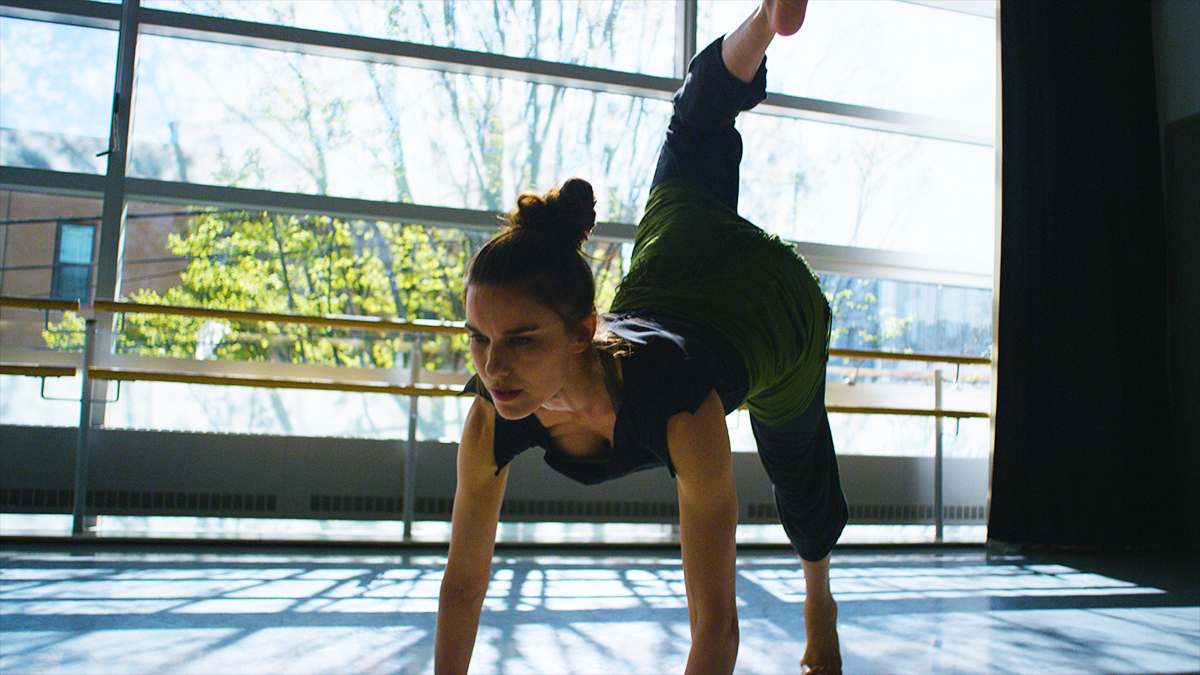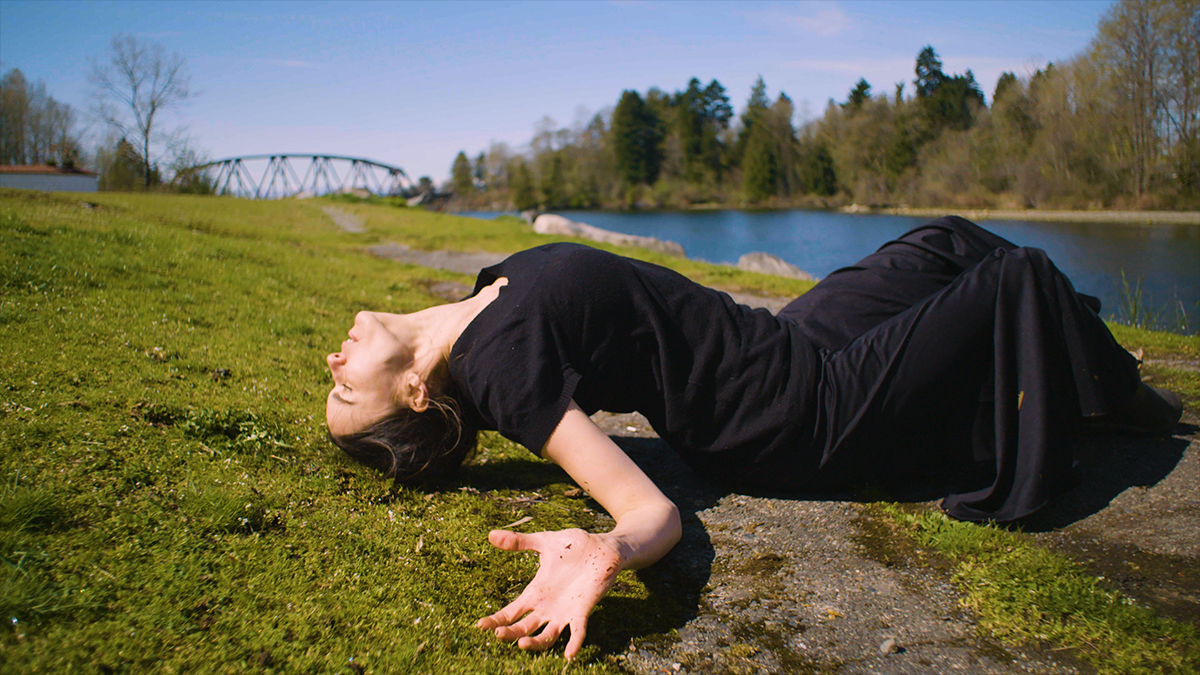Blood Memory: Exploring Indigenous Identity Through Dance
Documentary by True Calling Media – Spring 2019
Olivia C. Davies is an Indigenous contemporary choreographer, performer and emerging curator. Her work moves through questions of identity and transition and exploring her blood memory—her ancestral DNA. “I am a vessel for teachings and ideas, thoughts, that are not only in this current modern day world, but also stories that exist in my blood memory. This ancestral memory that’s locked in our DNA, and can be unlocked in various ways. For me, its through dance.”
Olivia grew up in Ottawa and then moved to Toronto a few years into her childhood after being adopted into her godmother’s family. She was enrolled in dance classes and she quickly became enamoured with performing. She loved the technique, foundation, the intensity, and the focus of the training. Her love of dance soared to new heights when she experienced free movement classes and contemporary dance, where she was given the opportunity to work with her imagination and play with free form dance.

“I needed to find out why, why I felt so disconnected from the household that had raised me and what it was about my blood memory that was asking to be heard.”
Growing up as an adopted child, Olivia was never told that she was Indigenous. “I think in my teenage years, even as a little girl, I probably had some of the outward facing looks of an Indigenous person. As I grew up, it would be something that I came to question. And I was probably also a little discouraged and dismayed by the stereotypical, you know, media portrayal of what an Indigenous person was: someone destitute, homeless, on the streets, in their addictions. So it wasn’t anything I wanted, or wanted to be a part of. “
“It didn’t really come to a point of any sort of connection until I kind of met my own breaking point, I met my bottom. And I needed to find out why, why I felt so disconnected from the household that had raised me and what it was about my blood memory that was asking to be heard or asking to be known.” Olivia did some searching, found her biological family, and asked some hard questions about their family’s culture. She discovered her Indigenous lineage, and a long-kept family secret. The discovery was initially confusing, then liberating.
“So the research that I ended up doing has given me some of those answers, and has allowed me to know that there’s a family secret that like in many mixed families at that time, and my great-grandfather’s time, would have been something that would have been kept under wraps for the safety of the family. To identify as part of the dominant culture. So where we were in the Ottawa region, it would have been to identify as a French-Canadian family and not to ask any questions.”
Olivia learned that she could continue to grow into herself, together with others who share her experience. “It came to a point in my journey, where it was no longer about this unknowing, but actually being grounded in that identity and knowing that it was something that I could hold, I could be proud of. And I could find a community of other Indigenous artists, who were also in their own way doing that work and finding connection to the past in the present so that we can move it forward into the future in a good way.”

“I think a lot of my work as moving through questions of identity and transition, as well as what Indigenous means to me.”
Eventually Olivia moved to Vancouver, where she continued her journey of cultural reclamation and began to explore weaving it into her dance practice. “When I came to Vancouver, I felt like it was a place where I could I could see Indigenous culture being celebrated. Here in Vancouver, there was already a thriving Indigenous arts and culture community that welcomed me, that brought me in that invited me to apprentice with them, to work with them, to mentor with them, and really guided me towards this path of finding. Finding a place not only for me to grow as an artist, but for me to grow my dreams. It was a really beautiful moment to be invited into this community and kind of held under their wing, as we took on some formal mentorship to guide me in what it would mean to be my own artistic director of my own company.”
Olivia is the artistic director of O. Dela Arts, where she creates and performs her own original work as well as collaborative work with other Indigenous and non-Indigenous artists.
“What inspires me is a deep desire to be a transformer, to tell stories through my body, to share stories that sometimes words can’t encapsulate. I described my work to be a little bit multi-disciplinary in that I not only create and perform dance, I also like to work with other artists in collaborative practice. I like to work with writers, with poets, with spoken word artists and musicians, of course, to bring stories to life. I think a lot of my work as moving through questions of identity and transition, as well as what Indigenous means to me.”
Olivia also has a community engagement practice where she facilitates dance, story, and weaving workshops, dance for healthy aging, and collective creation labs.
Special thanks to Anishinaabe elder and knowledge keeper, Gloria May Eshkibok. Music by Michael Red. We would like to acknowledge that the land on which we filmed Olivia’s outdoor performance was on the traditional territory of the Squamish Nation, X̱wemelch’stn Village, Capilano River.
https://truecallingmedia.com/feature-video/blood-memory-exploring-indigenous-identity-through-dance/